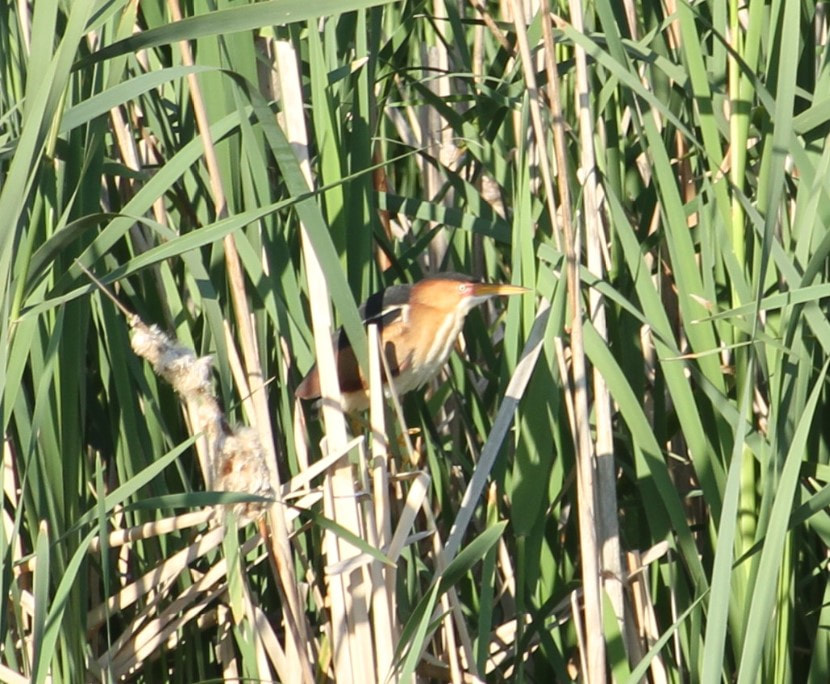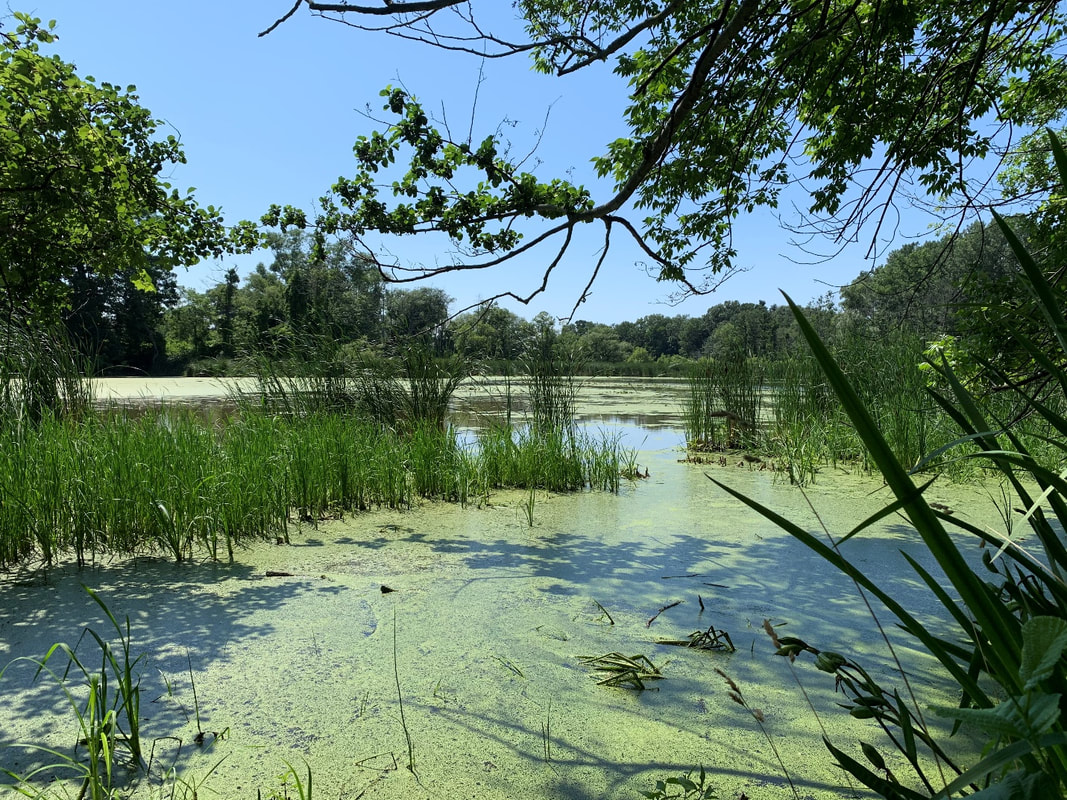|
by Christian Wormwell Healthy wetlands in Ontario are home to dozens of species of birds and amphibians that many Ontarians may never get a chance to see. Marsh birds like Yellow Rails are notoriously difficult to spot – the Cornell Lab of Ornithology says that “if you're looking at a rail in the open, it's almost certainly not a Yellow Rail.” Even the relatively bolder species of rail like the Virginia Rail or Sora spend most of their time hidden in the reeds, outside of the view of the prying eyes of predators or nature enthusiasts. Wetlands are extremely vulnerable and have been declining in size and quality around the world due to human influence. This makes monitoring these secretive wetland species even more critical. To do this, we needed to find a way to monitor these wetland species across our vast provinces in a single season each year. To address this, Birds Canada, a non-profit organization dedicated to the conservation of birds and their habitats, created the Marsh Monitoring Program. This program enlists volunteers to survey wetlands around the Great Lakes, Quebec, and the Maritimes for the purposes of tracking populations of wetland birds. It has since expanded to include frogs and toads in some locations.
I volunteered to survey for the first time in 2021. On my very first survey trip at the first point on my route, I had a wonderful encounter with a focal species. When my speaker belted out the pig-like grunting of a Virginia Rail, the same sound emanated from the marsh. A little grayish bird came tumbling over the reeds – a Virginia Rail, presumably looking to find the other rail it heard from the speaker. It was my first time seeing one in person and I was taken aback by how small it was, as the photographs I had seen online gave the impression of a heavy, plump, nearly chicken-sized bird. It certainly appeared a bit portly and had a chicken-like gait, but could have easily fit in my hand. To my surprise, the bird continued right out of the reeds and onto the mud in full view no more than six feet in front of me. It looked around, did a sort of twirl (showing that it actually was not much wider than the reeds when faced head-on), made that unusual pig-like call again, and scampered back into the cover of the marsh. All this happened within a matter of seconds. Of course, the data collection is the focus of the surveys, but the opportunity to spot otherwise-secretive marsh birds keeps it from feeling like work at all.
8 Comments
|
ELB MembersBlogs are written by ELB members who want to share their stories about Ontario's biodiversity. Archives
January 2023
Categories
All
|




 RSS Feed
RSS Feed